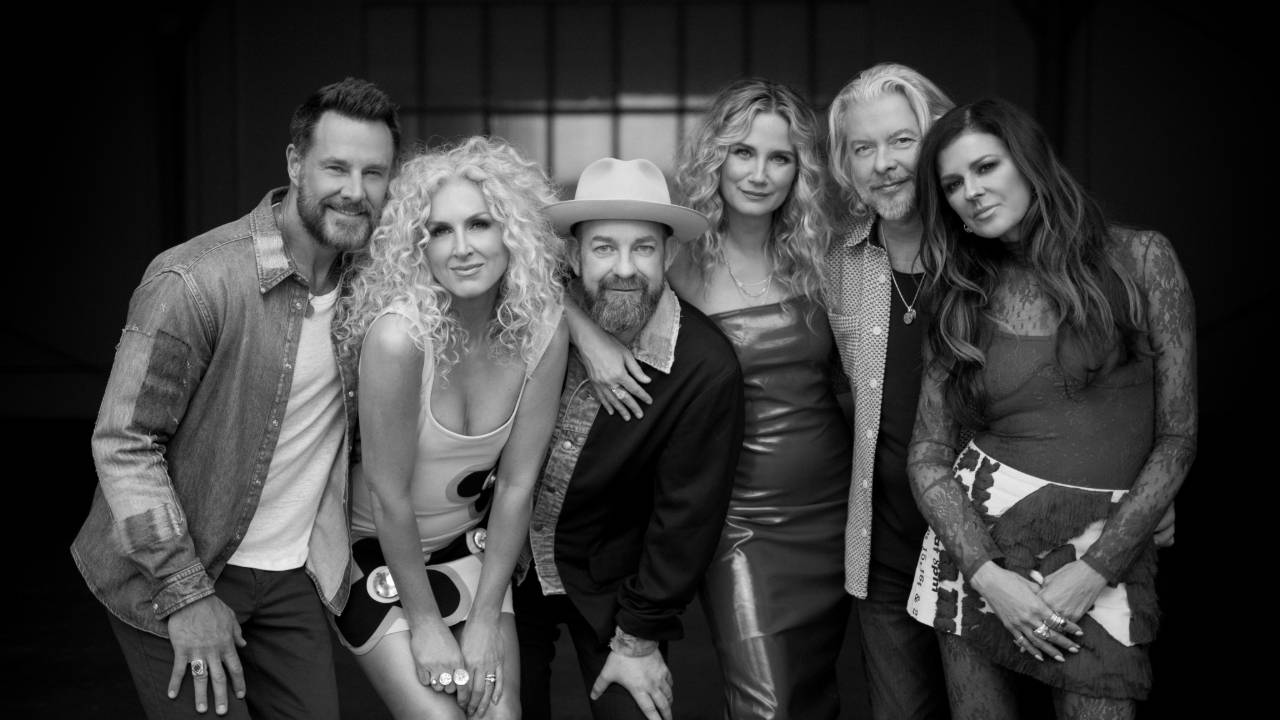Nashville Reflected in Rock Hall Exhibits

CLEVELAND -- About halfway through the permanent collection at the Rock and Roll Hall of Fame in Cleveland, you'll find a striking series of glass-covered exhibits dedicated to the cities that shaped the music -- places like Detroit, Memphis, San Francisco, New York City, London and Los Angeles. But you won't see Nashville honored there, at least not with its own exhibit.
However, if you know where to look, you can trace country music connections throughout the main gallery. Jimmie Rodgers, Hank Williams, Bill Monroe and Bob Wills are recognized as "early influences" within moments of entering the main exhibit hall. Their photos are interspersed among other music pioneers such as Robert Johnson, Woody Guthrie and Dinah Washington. Two exhibits honoring Ricky Nelson and Roy Orbison are also featured through the end of 2006.
Widely known as America's first teen idol -- a term he hated -- Nelson first brought rock 'n' roll into living rooms across the country in the late 1950s through his parents' television series, The Adventures of Ozzie and Harriet. Though it's difficult now to imagine him as a menace to teenage society, one headline on display declares: "Purple Shirts, Sports Cars, Older Women -- At 17, He's Rick Nelson: WILD BOY."
In 1958, the year Nelson turned 18, he scored five Top 10 hits on the country chart, including "Stood Up" and "Poor Little Fool." By 1962, he had sold 35 million albums, recording and issuing them as fast as he could. But after the British Invasion took hold of the charts a few years later, he lost career momentum (and the "y" from his first name).
In a career slump and taking a suggestion from his longtime guitarist, James Burton, Nelson released Bright Lights & Country Music on Decca Records in 1966. Glen Campbell (then a rising studio player) and Clarence White (soon to be in the Byrds) sat in on the Hollywood sessions. The songs were written by the likes of Bill Anderson, Willie Nelson and Merle Travis. Encouraged by the country music industry's warm reception, Nelson issued Country Fever in 1967 with his own elegant composition, "Alone," as well as songs by Nelson, Bob Dylan, Jimmie Rodgers and Hank Williams. In retrospect, both albums can be considered precursors to the California country-rock sound. He recorded 1969's In Concert at the Trouabador with his newly-formed Stone Canyon Band, which included steel guitarist Tom Brumley (formerly of the Buckaroos) and Randy Meisner (a future member of the Eagles).
The album was well received, but two years later, Nelson's appearance at a "rock revival" at Madison Square Garden was decidedly not. Unashamed about their preference for the old stuff sung in the old way, the crowd booed him off the stage, though some say the crowd's response was a result of police activity in the venue. Inspired by the disheartening experience, Nelson wrote the now-classic anthem, "Garden Party." (His wardrobe from that concert and his jacket worn on the album's cover photo are both on display at the Rock Hall.) The song climbed to the pop Top 10, was certified gold and reached No. 44 on the country singles chart in 1972. Nelson died in a plane crash in 1985 and posthumously entered the Rock Hall in 1987, the second year of inductions.
Roy Orbison also joined the Rock Hall in 1987. He and his family moved to Nashville in 1960 after his success as a budding songwriter with the Everly Brothers' 1958 hit, "Claudette." Orbison was also gaining a reputation as a distinctive singer after getting traction at radio with his 1960 single, "Only the Lonely."
Empowered by Nashville's high caliber of talent, Orbison created most of his elaborately orchestrated hits -- including the tearful "Crying" and the worldwide smash "Oh, Pretty Woman" -- in Nashville, using the same session musicians as the country artists. The Rock Hall's special exhibit includes photos of Orbison with producer Fred Foster and music publisher Wesley Rose, who both championed his musical style after record deals at Sun and RCA had fallen through.
In 1965, a few singles after "Oh, Pretty Woman," Orbison parted with Monument Records to sign with MGM. His career stalled shortly thereafter. The most insightful item in the gallery is a mission statement that Orbison wrote in 1980, determined to get his career back on track. (His goals included to write a book, quit smoking and to make sure that he signed off personally on all business matters.) That same year, he joined Emmylou Harris on "That Loving You Feeling Again," a Top 10 country hit that earned a Grammy. He accepted another Grammy for his 1987 rendition of "Crying," now reimagined as a duet with another big-voiced crooner, k.d. lang. A re-recording of "Oh, Pretty Woman" also landed him a 1990 Grammy for best pop vocal.
In addition, Orbison and Ricky Nelson shared a 1986 Grammy win for Interviews From the Class of '55 Recording Sessions, in the category of best spoken word or non-musical recording. Although he never recorded for Sun, Nelson had been asked to participate in the recording finale. Ironically, it is the only Grammy ever awarded to him.
Orbison died suddenly on Dec. 6, 1988. Within two months, he secured another Top 10 hit on the country charts with "You Got It."
Orbison had already been discovered by a new generation after he joined Dylan, George Harrison, Jeff Lynne and Tom Petty in the all-star band, the Traveling Wilburys. The colorful electric guitar Orbison played in the band is also on display at the Rock Hall. (A two-floor exhibit detailing Dylan's early career, with artifacts on loan from Seattle's Experience Music Project, closes Sept. 7. However, Petty is currently the subject of a sizeable exhibit in the main gallery.)
You can find several country artists in one other part of the museum -- the Hall of Fame itself. Beautifully etched into the glass wall, you'll see autographs from Chet Atkins, Johnny Cash, the Everly Brothers, Brenda Lee, Bill Monroe and Elvis Presley, nestled among many other very famous names. Nashville, too, has created music that still resonates around the world.





